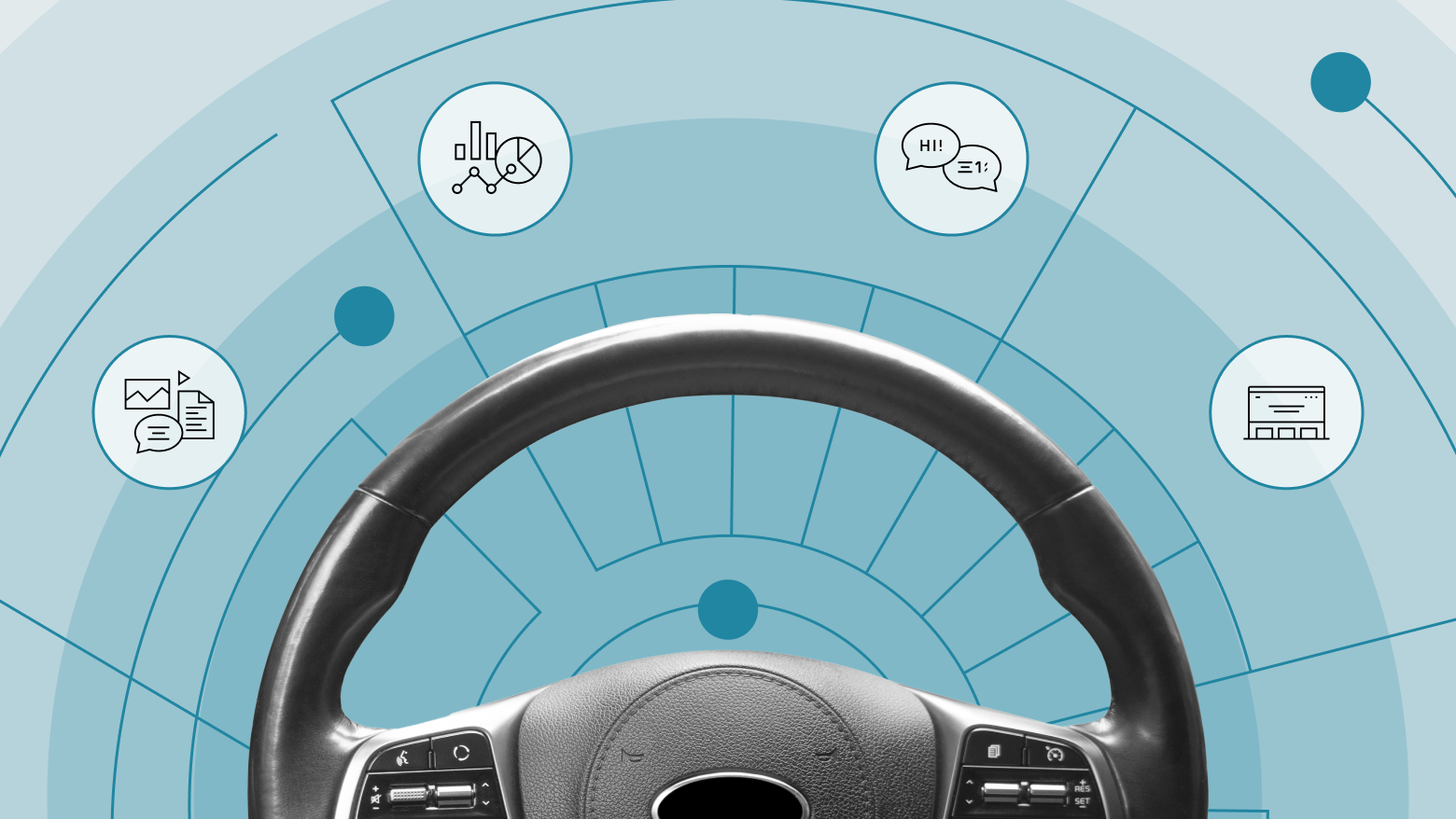For years, the digital landscape was fairly simple: a website was the only way someone could interact online with a brand. Then, the scene exploded: it grew to include email and text communications, social media platforms, mobile apps, third-party listings, and first and third-party reviews. As the IDC MarketScape: Worldwide General-Purpose Knowledge Discovery Software 2023 Vendor Assessment(doc #US49988523, October 2023) report notes, "The massive expansion of the scale of publicly accessible information, followed by the arrival of ecommerce, put new demands on organizations to create their own presence on the internet, including making key information and products findable for online users." Now, even the ways that consumers find your digital presence is evolving right alongside search engine updates and the rise of chat-based experiences.
The complexity of users' digital journeys has created a need for organizations to build their own customized digital experience platform, or DXP. It's helpful to build on a platform that supports all kinds of experiences in one place. This way, you can leverage the same content management system and analytics tools to inform and power your search experience, third-party listings, and more. This "all-in-one" type of platform is crucial to serving your customers now and scaling for the future — you never know which other experiences you'll want to spin up as your business needs change.

